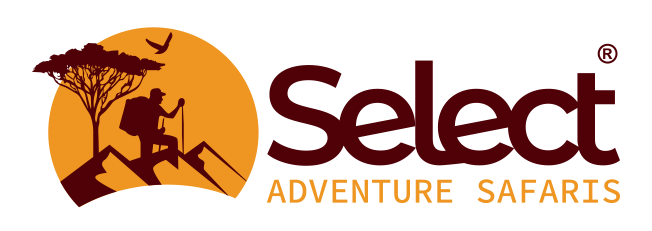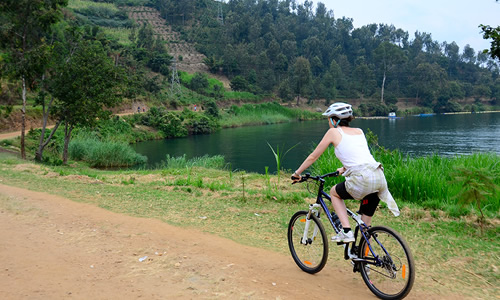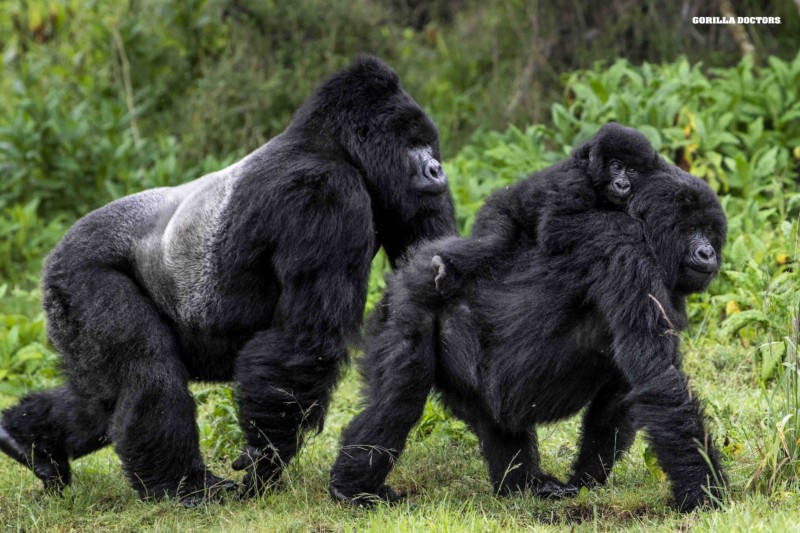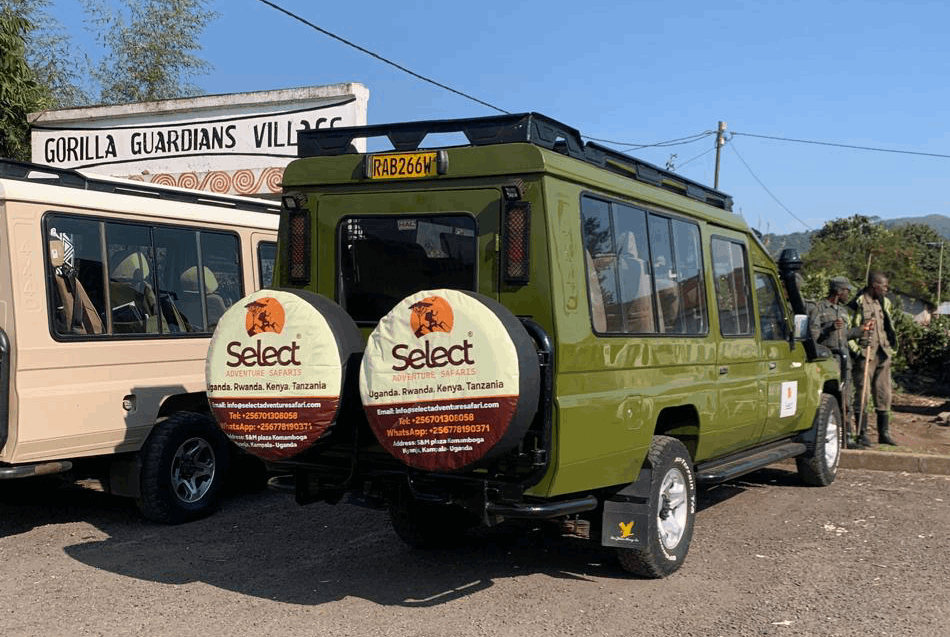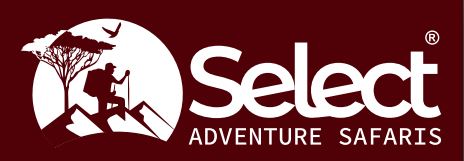Pian Upe Wildlife Reserve
Pian Upe Wildlife Reserve is one of the most remarkable protected area in the Karamoja sub-region in Northeastern Uganda, at a size of about 2788 square kilometers it is the second biggest protected area in the country and the second protected area in Uganda coming second to Murchison Falls National Park.
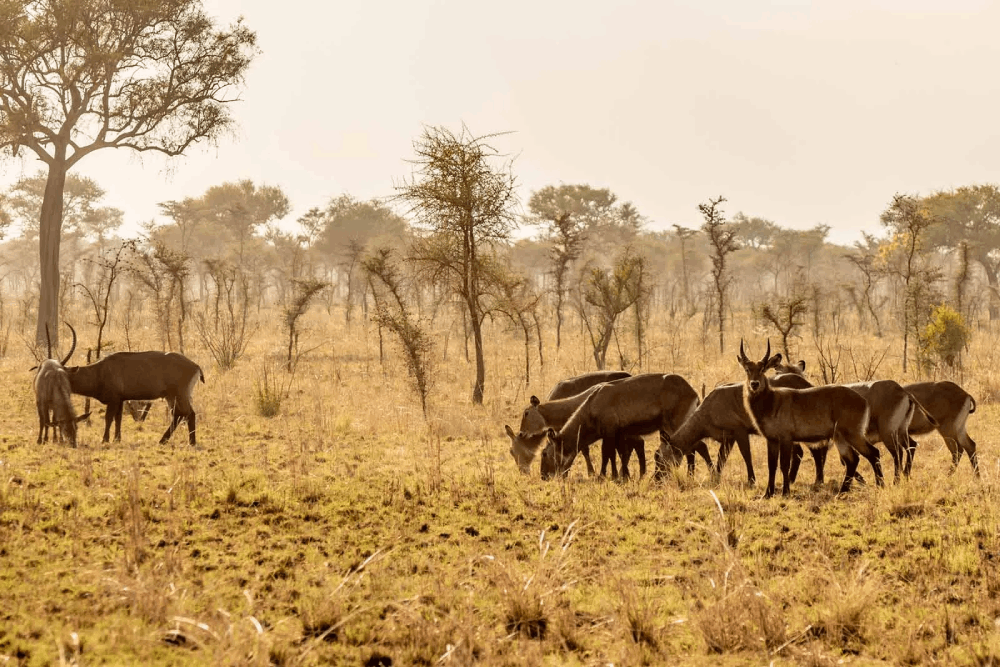
Pian Upe Wildlife Reserve is situated north of Mountain Elgon and the southern side of the reserve was gazetted as the Debasien Animal Sanctuary in 1958.
Pian Upe Reserve is composed of hot springs it is ranked as one of the incredible Uganda Safari Destinations with mercy wells just at Mount Kadam, the reserve’s name “Pian Upe” is derived from the Karamojong local dialect which denotes “Friendly Enemy”
Pian Upe Wildlife Reserve is joined to other two wildlife protected areas in the northeastern part of Uganda namely Mountain Elgon National Park, Mountain Elgon Conservation Area as well as Bokora Wildlife Reserve.
Location of Pian Upe Wildlife Reserve
Pian Upe Wildlife Reserve is situated in the northeastern part of Uganda north of Mountain Elgon in the Nakapiripiriti district, the park spans 8 districts among which include Moroto, Amudat, Napak, Kween, Bukedea, Katakwi and Bulambuli.
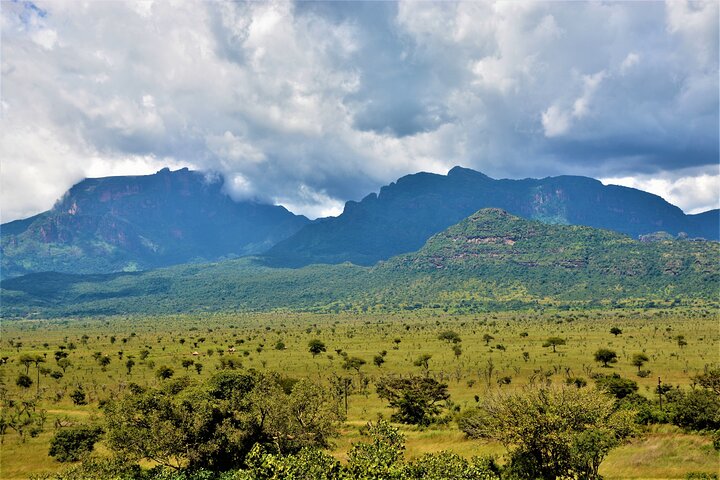
From Kampala, Pian Upe Wildlife Reserve is accessed by road via Mbale to Soroti road which takes about 8 to 9 hours, from Mbale City it takes 5-6 hours while from Kidepo Valley National Park it takes 5-6 hours. From Nakapiripiriti, you can access the park south of Chepsikunya Trading Center or north of Namalu Trading Center for visitors from Moroto City. The closest airstrip to Pian Upe Widllife Reserve is Amudat Airstrip.
History of Pian Upe Wildlife Reserve
Initially Pian Upe Wildlife Reserve was gazetted as a conservation area which was a popular Batake group for two Karamanjong pastoral groups made of those from Pokot who is from Kenya and those of northeastern part of Uganda, right up into Matheniko Wildlife Reserve and Bokora Wildlife Reserve and into Kidepo Valley National Park. The main route connecting the reserve forms the boundary where both tribes intersect to raid one another during the ruthless cattle rustling.
However, times have changed and peace has return to this region and tourism has been introduced to better the life of the communities.
In 1958, the southern sector of Pian Upe was gazetted as the Debasien animal sanctuary even when the boundaries of the wildlife reserve were still being threatened when the government established a project for agricultural produce in the south of the Girik River. This escalated threats on the reserve resources, hard – pressed the state to expand the area northward and rename it Pian Upe game reserve in 1964. Thanks to the Uganda government’s interest in upgrading the reserve to the national park position and efforts to introduce and restore wildlife animals in the reserve.
How Pian Upe wildlife reserve got its name
Pian Upe Wildlife Reserve gets its name from its community where “Pian Upe” refers to a clan among the Karamojong people of north – eastern Uganda while “Upe” refers to a Kalenjin speaking pastoralist community of the Karamojong who are said to have originated from the Pokot tribe in Kenya but now settled close to the wildlife reserve in Amudat district.
Actually “Pian” means “Calm hearted people” while “Upe” means “enemy” when both words are combined, yet get the word “friendly enemies”. These people are predominately pastoralists and stay in a very traditional lifestyle, only being cantered around their cattle. This group is mainly located in Nakapiripirit district close to Pian Upe headquarters.
Attractions in Pian Upe Wildlife Reserve
Flora
Pian Upe Wildlife Reserve is dominated by wooden savannah plains which are surrounded by mountains, also cut between rock – strewn ridges and kopjes, seasonal rivers and plateau. Pian Upe Wildlife Reserve is dominated by short trees and shrubs, thatching grass, bristle species, lemon grasses, beared grasses among others.
The reserve’s plains are draped with red acacia, shrubs such as butterfly pea, desert date and bush willows.

Fauna
Pian Upe Wildlife Reserve is home to several rare animals that cannot be found anywhere else in Uganda such as a healthy population of cheetahs and Uganda’s only remaining population of roan antelopes.
Pian Upe Wildlife is the best area to spot the world’s fastest mammal – the cheetah, other predators in the reserve include wildcats, spotted hyenas, jackals, civets, leopards, prides of lions among others.
Pian Upe Wildlife Reserve also harbors large herds of ungulates including the common eland, a small population of zebras , Gunther’s dik dik, hartebeests, oribis and impalas which were recently relocated here from Lake Mburo National Park, cape buffaloes, waterbucks, Uganda Kobs, Klipspringers, blue and common duiker the bohor and mountain reedbuck.
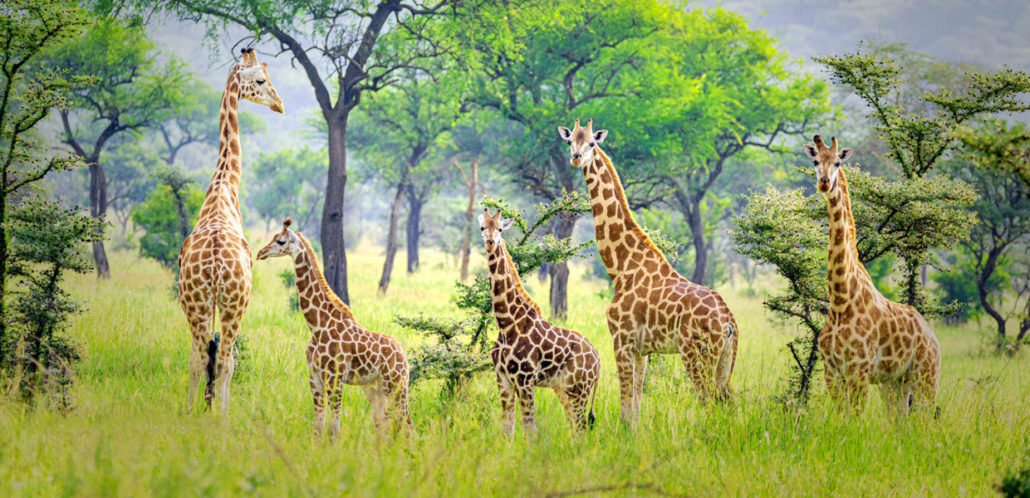
The reserve is also home to some of the rare animals in Uganda including Patas monkeys and vervet monkeys, African hare, aardvarks, crested porcupine, rock hyrax, olive baboons, and four toied hedgehogs, a variety of reptiles among which include the common agama, venomous puff adders, chameleons, crocodiles, rock pythons, and savannah monitors.
Birdlife in Pian Upe Wildlife Reserve – the reserve is home to a variety of rare bird species with over 242 recorded bird species, the rare birds in Pian Upe Wildlife Reserve include the ostrich, great Hartlaub’s bustard, white headed buffalo weaver and jackson’s hornhill found within Loporokocho Swamp.
Common bird species in Pian Upe Wildlife Reserve include African eagles, cormorants, cranes, darters, egrets, grass birds, hawks, herons, hornbills, jacanas, lapwings, owls, pelicans, plovers, turacos, vultures and weaver birds among others.
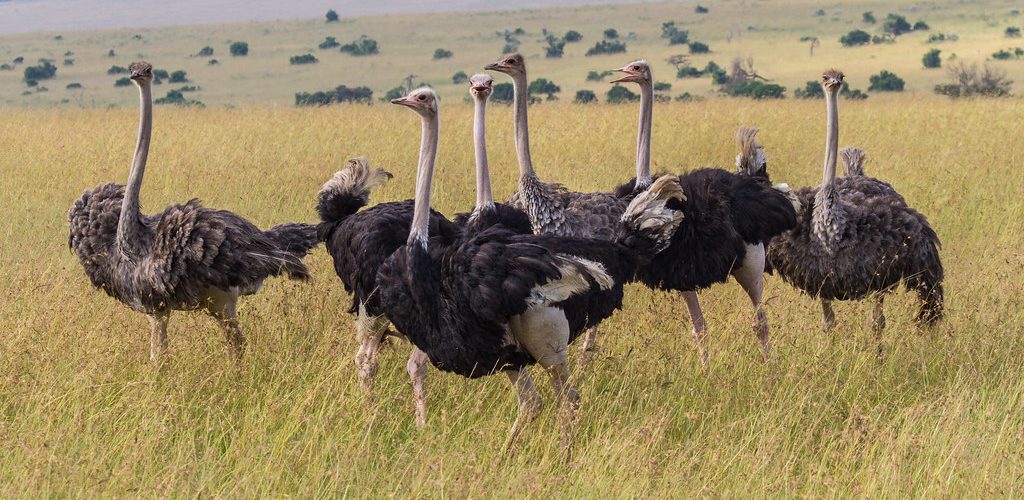
Uganda Safari Activities to Do in Pian Upe Wildlife Reserve
Game Drives
Game drive along the vast plains of the Pian Upe Wildlife Reserve presents opportunities to spot rare animals like cheetahs, roan antelopes among others, the reserve is the only place in Uganda where you can see the roan antelope.
Game drives in Pian Upe Wildlife Reserve are great during the dry season and some of the animals to look out for include common elands, hyenas, giraffes, lions, elephants, serval cats, civets, buffaloes, leopards, greater kudus, Topis, Hartebeests, dik-dik, jackals, cheetahs among others.
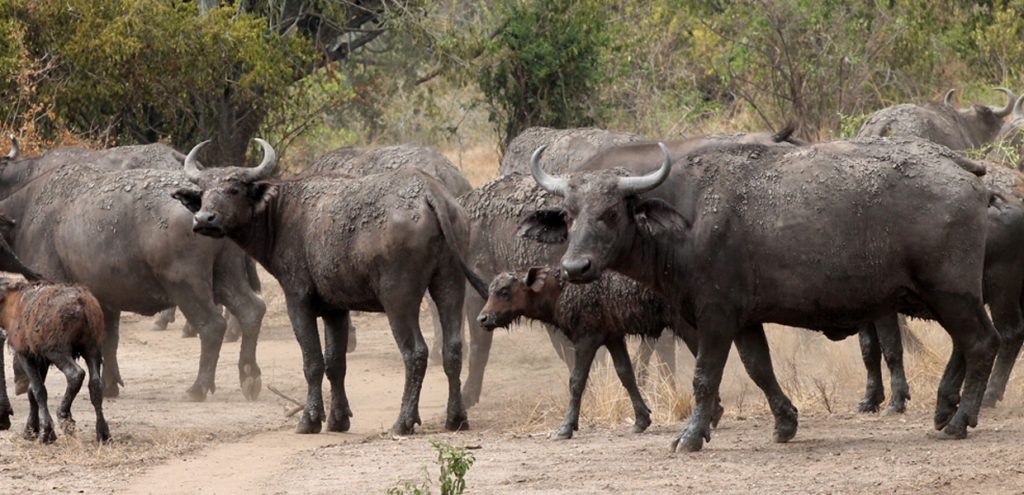
Bird watching
Pian Upe Wildlife Reserve ranks the 2nd destination in Uganda in terms of birdlife density only second to Queen Elizabeth National Park, the reserve’s most attractive bird species is the giant Ostrich and the Karamoja Apalis which is an endemic bird only seen in the north – eastern part of Uganda. Other bird species to look out for in Pian Upe Wildlife Reserve include Superb sterlings, Secretary bird, Green bitta, Abyssinian ground hornbill, the Fox weaver bird, and the rare shoebill stock among others.
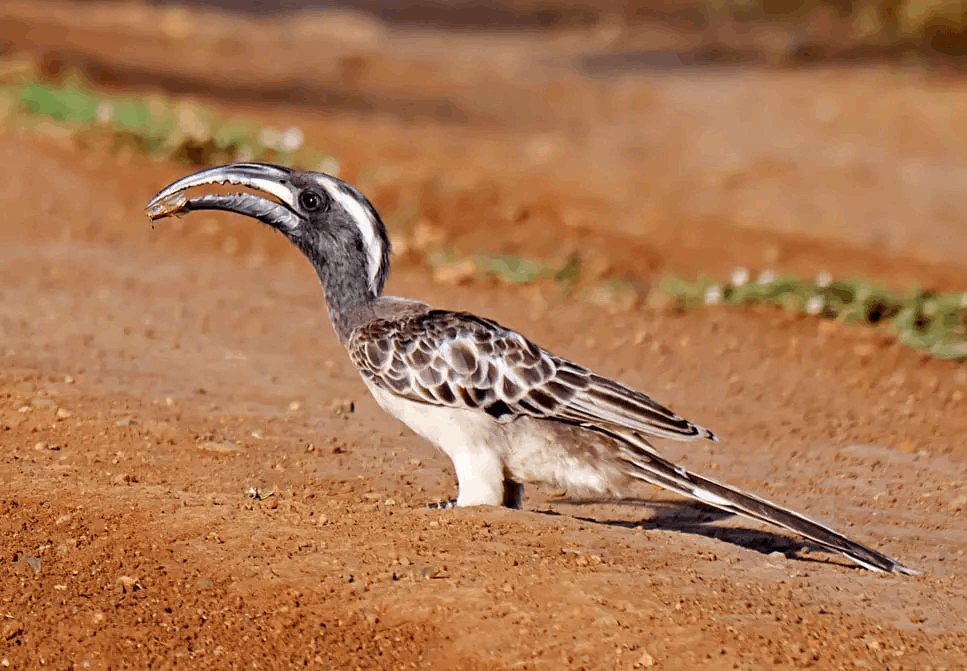
Community Tours/Cultural Encounters
Pian Upe Wildlife Reserve is situated in the Karamoja region where we find the Karamojong people who are comparable to the Masai of Kenya and Tanzania, these people have a rich culture and tradition that is thrilling to experience even though they are branded to be hostile in the early days of their settlement.
The Karamojong are famous for their pastoral practices, the cultural encounters with one of the communities of the local Karamojong offers you an amazing cultural experience on occasional cultural music, dance and drama performances by the local people mist especially the popular Edonga dance.
The best place to learn about the life and culture of the Karamojong is the new Karamoja Cultural Museum located at the foothills of Mount Moroto, the museums holds a large collection of items/artifacts that describe the culture of the Karamojong.
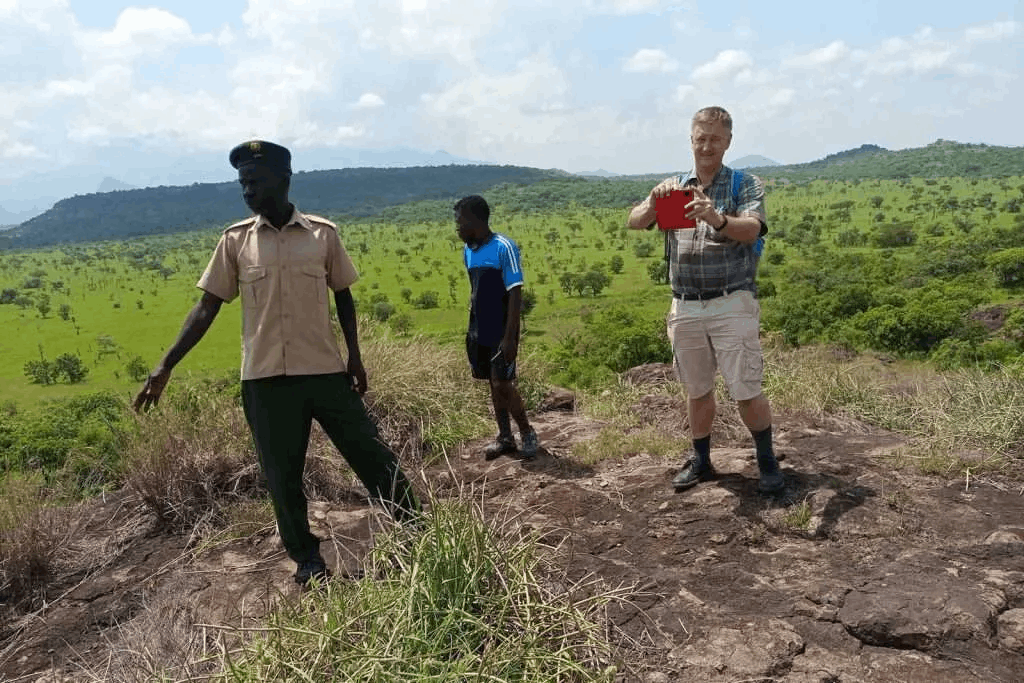
Guided Nature Walks
Guided Nature walks in Pian Upe Wildlife Reserve can be arranged with a guide from the Uganda Wildlife Authority, the nature walks provide arguably the best way to experience the reserve. The walks offer visitors a great feeling of being in true African wilderness because there are very few humans to be seen, as you walk you are bound to encounter various reptiles, birds, primates and herds of antelopes.
Mountain and Rock Climbing
Pian Upe Wildlife Reserve’s most striking features are its vast plains, rocks and mountains. For tourists who love exploring rocks or climbing less demanding mountains can try Mount Kadam and if it is too challenging, then one can start with one of the numerous large rocks.
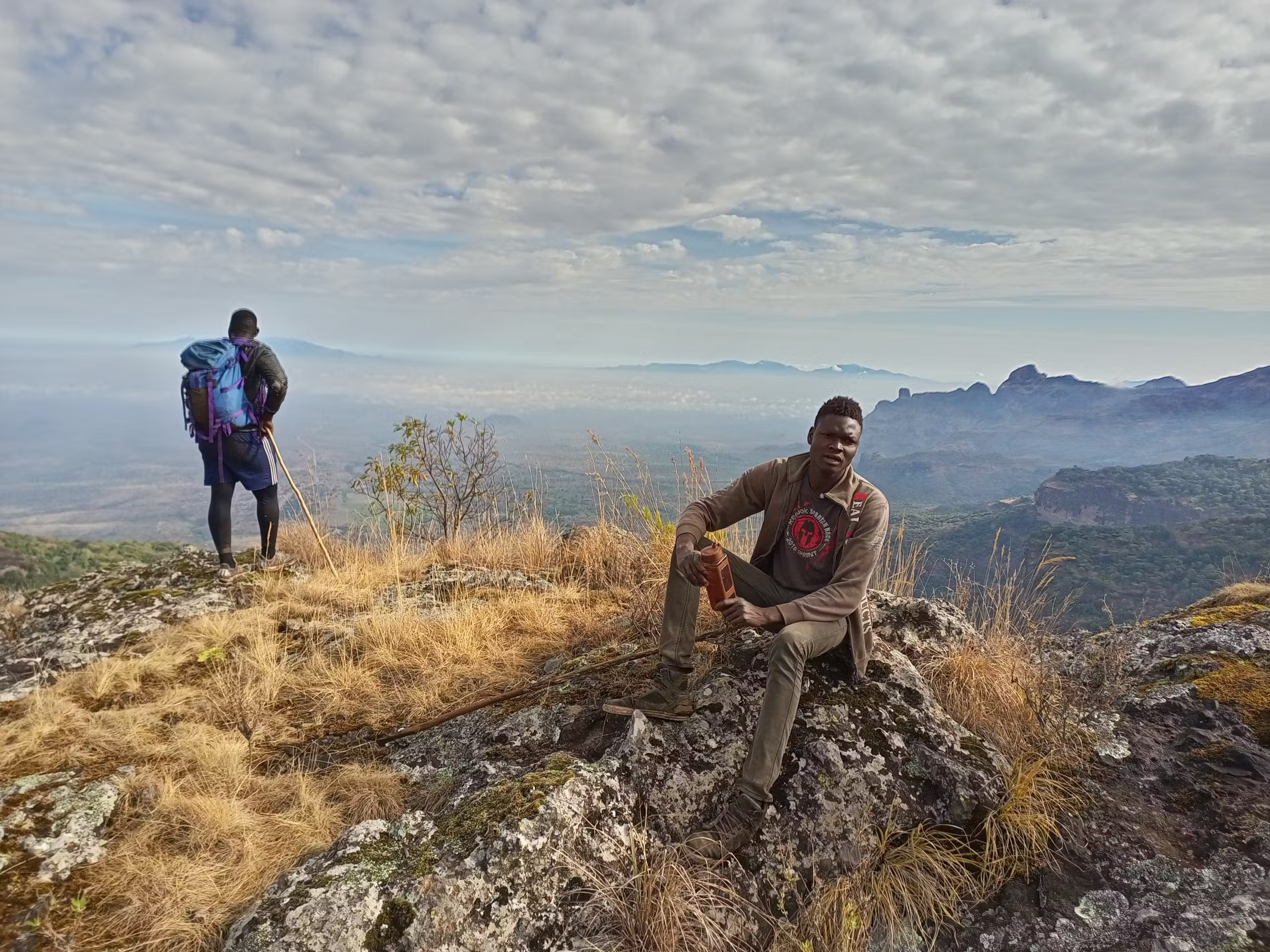
Best time to visit Pian Upe Wildlife Reserve
Pian Upe Wildlife Reserve can be visited all year round, however the best time to visit is between January to March when the vegetation is dry and you are guaranteed stunning views and animas gather at the water sources making it easy for game viewing.
Also during this period, the reserve’s management carries out controlled bush burning to keep the grass short, leaving the vegetation dry and it becomes easier to view the animals around the main water sources when they gather for a drink or bathing.
Girik River situated in the southern part of the reserve is a source of water for animals living in the semi-arid region.
- From November – December – it is a dry season but the vegetation is still lush making it difficult to spot animals hidden in the grass and treetops.
- From April to October – it is always a rainy season, so the trails are usually muddy thus the roads are even impassable due to flooding making game viewing impossible. The tracks in Pian Upe Wildlife Reserve are not well developed so in the wet season, it can be a bit difficult with lush vegetation, bad aerial views. Visitors are always advised to travel in a 4WD Land Cruise most preferably in case of weather challenges.
Accommodation available in Pian Upe wildlife reserve
There is limited accommodation options in Pian Upe Wildlife Reserve, the commonly used accommodation facilities is the Uganda Wildlife Bandas which are situated at the park headquarters. You can also camp around the park headquarters with their tent or hired tent from the reserve.
The only available mid-range accommodation facility in Pian Upe Wildlife Reserve is Karamoja Overland Camp with tents that are self-contained featuring en-suite facilities such as showers and electricity.
